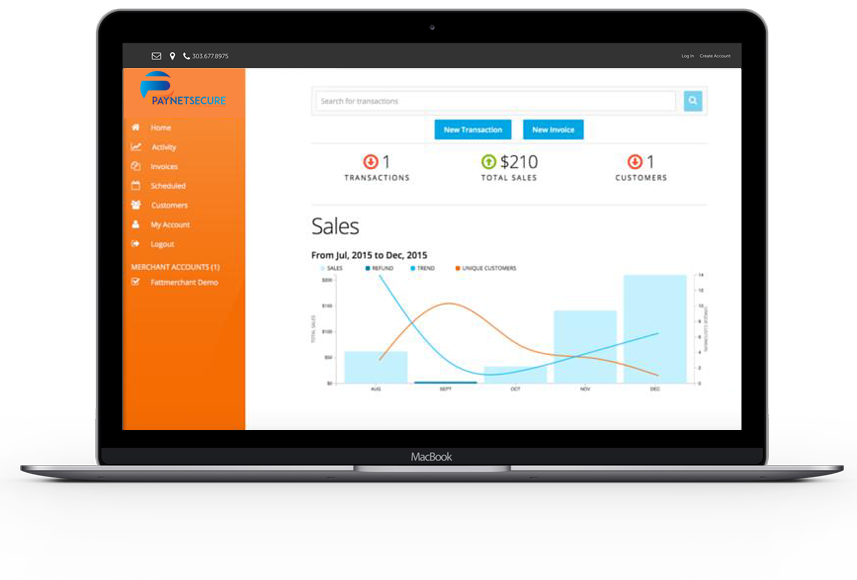You can lose a sale if a card is declined at checkout. This article discusses why cards are declined and what you can do about it. Contact info@paynetsecure
What is a Card Decline?
A card decline occurs when the customer reaches the payment page and enters the card information but gets declined by the issuing bank. It is not uncommon for customers to give up on completing their order because of payment-related difficulties.
Customers get discouraged when a card is declined and often think that trying again will be a waste of time.
Authorization errors which result in declined transactions can be prevented or solved once you understand the reasons for the declines.
Common Reasons for Getting Declined
Internet payment processing are used for both standard and high risk merchant accounts. Regardless of your type of business, declined cards can quickly erode your profits.
The reasons behind card authorization errors are diverse. Common causes of card declines include insufficient credit limits, incorrect data entered by the buyer, data or ID breaches, and expired cards.
False Positive Card Decline
There is one additional authorization error that occurs way frequently, frustrating customers and leading to quick shopping cart abandonment. Declined card transactions from false positives can cost you big time.
A false positive occurs when a buyer makes a legitimate payment, but the bank flags it incorrectly as fraud suspect. Fraud prevention is one of the top concern for most banks. Yet, guarding against fraud also leads to false positives card declines .
The card should have been approved. But the bank’s overly aggressive measures to guard against fraud caused it to be declined.
Javelin Strategy & Research released a study on the prevalence of false positives in the ecommerce sector. The research, which was based on 3,200 respondents residing in the US, revealed that around 15% of online shoppers got declined due to suspicion of fraud. No less than 39% of them abandoned the order and the payment process because of the error.
Consequences of Authorization Errors
Unfortunately, the losses that result from false positives are great. In the same study, Javelin Strategy & Research estimates these losses to around $118 billion. Since financial institutions are primarily concerned with avoiding the costs that result from online fraud, finding the right balance between preventing fraud and keeping the false positive rate low can be challenging.
Being declined inexplicably will surely make the customer experience as frustrating as it can get, so it is not surprising to see how frequently the event leads to shopping cart abandonment.
There is a more insidious, long-term consequence that results from authorization errors. That is, consumers begin to lose their trust in a payment system that lumps them together with fraudsters.
Reducing the Number of Errors
The use of complex analytics may reduce the rate of false positives in the future, but until then, you can apply lower-tech, yet effective measures to assist your customers whose payments get declined.
- Create a page on the website where the most common errors are explained, together with recommendations on what to do in case they happen.
- Send a follow-up email to customers who were declined and offer useful advice on how to complete the payment.
- Provide training to customer service representatives on how to handle authorization errors.
Since the financial industry has not yet figured out a reliable way to reduce the prevalence of false positives, taking the matter into your own hands can truly make a difference. If used consistently, these techniques will help you reduce the negative impact of credit card declines.
Conclusion
Customers experience false declines when cards should have been approved but was declined because the bank was overly cautious about fraudulent transactions. Card declines cost you money but there are simple steps you can take to recapture sales.
Are card declines draining profits from your business?
Contact info@paynetsecure.net today.
